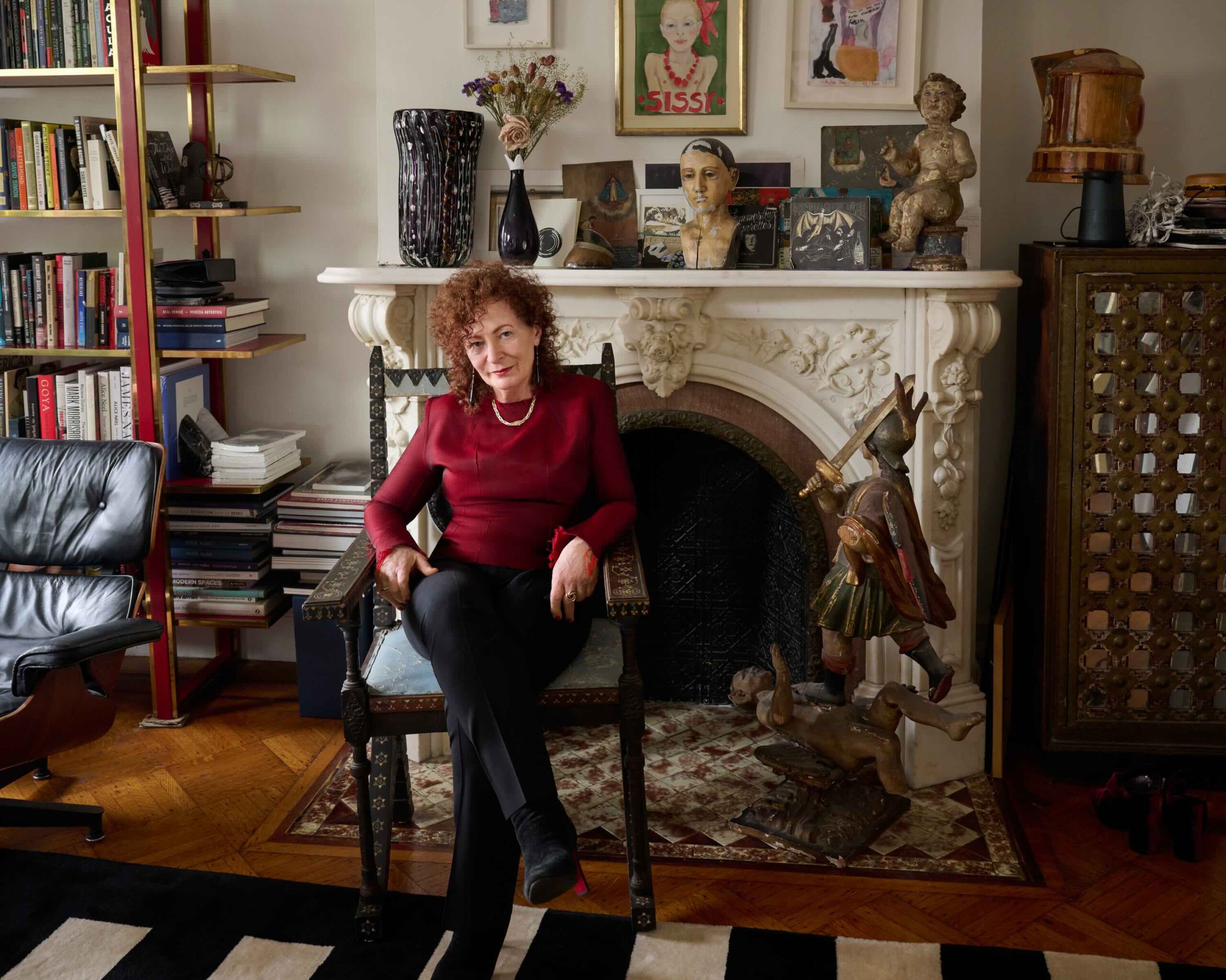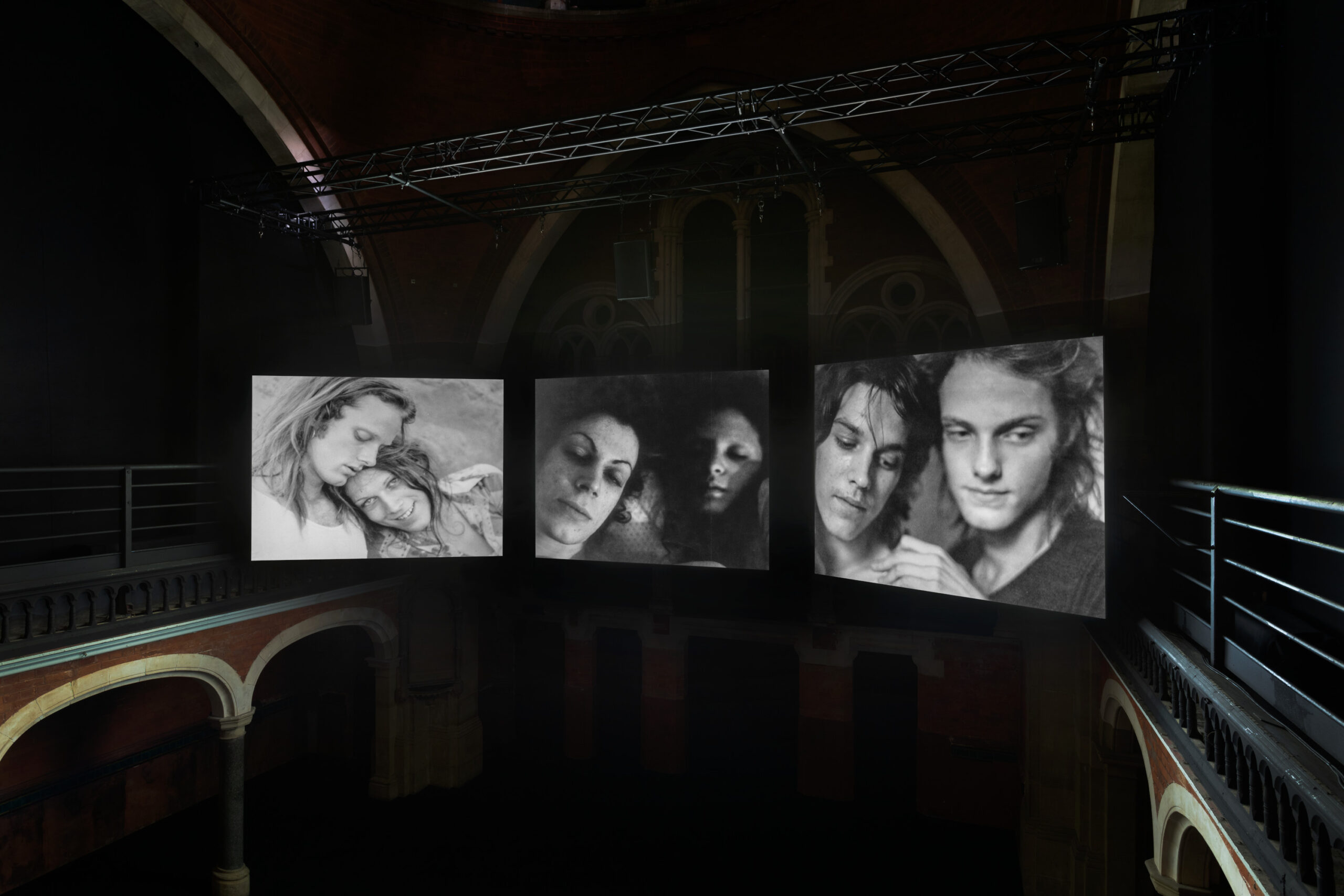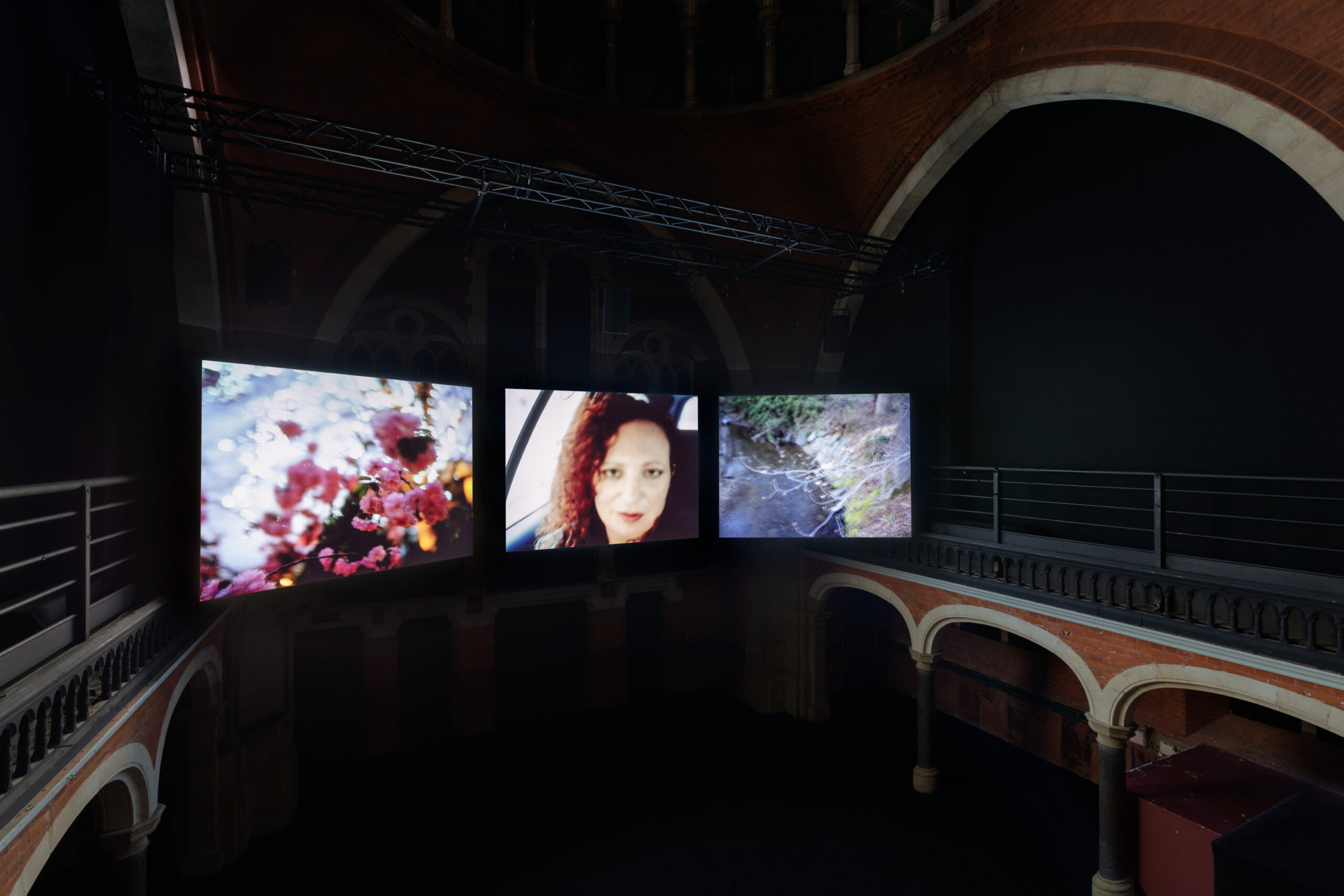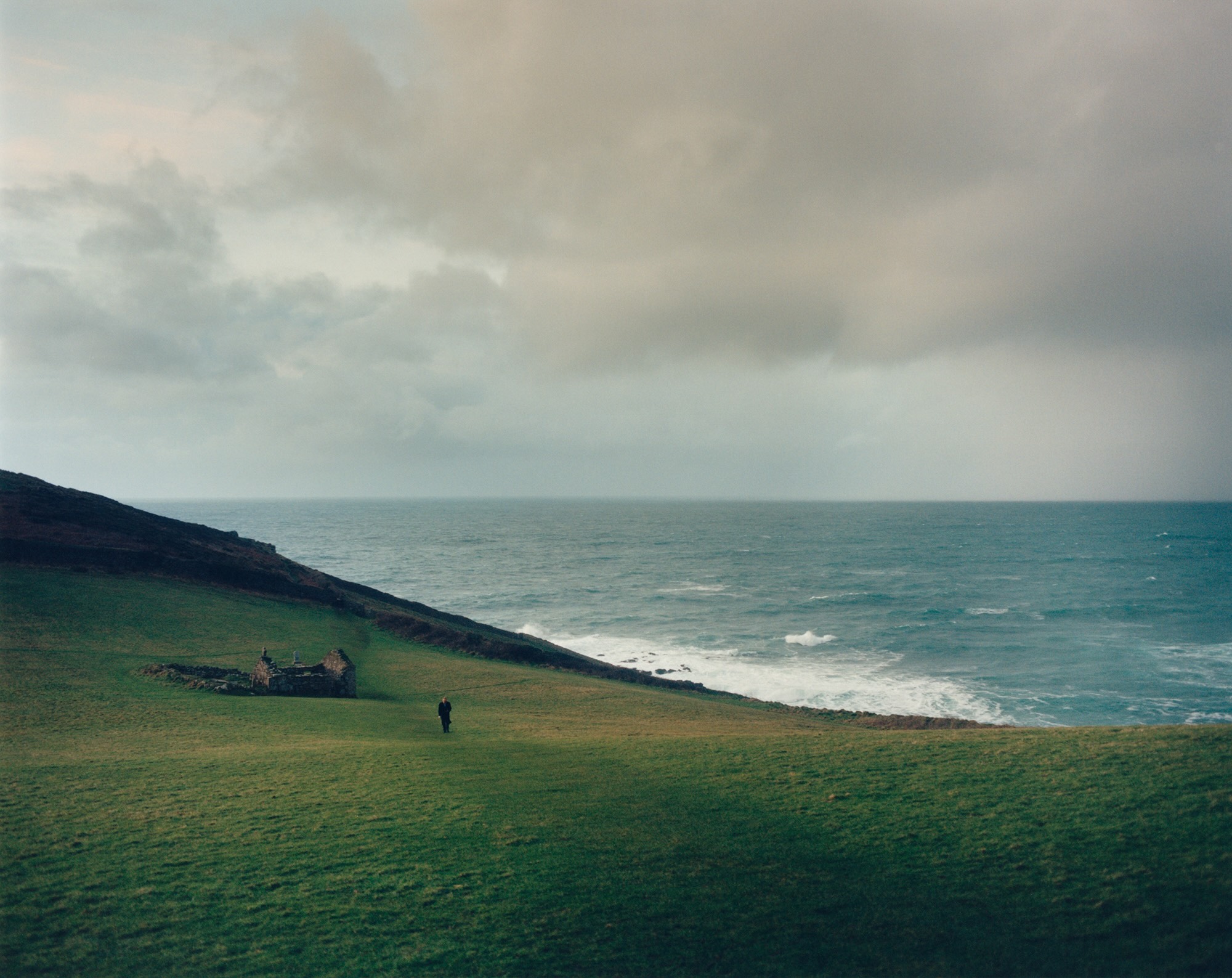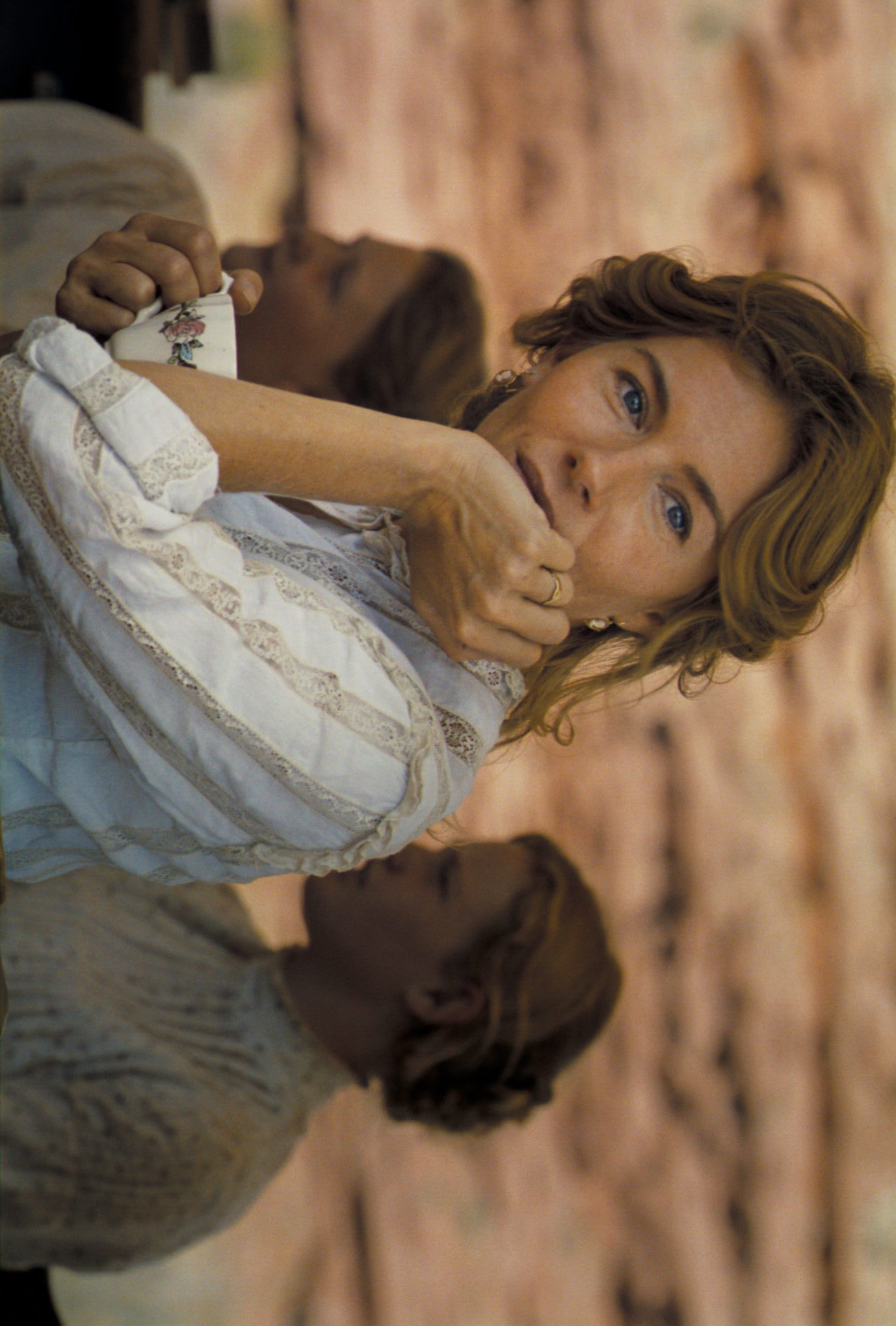Sisters, Saints, Sibyls
Gagosian Open, 83 Charing Cross Road, London
May 30 – June 23, 2024
Nan Goldin began thinking about the film Sisters, Saints, Sibyls in 2004, starting from a reinterpretation of the myth of Saint Barbara, presenting the story of the Christian martyr in a three-channel projection that echoes the format of the triptych of classic religious painting. The images of Saint Barbara are accompanied by a voiceover describing her rebellion against her parents’ beliefs, a transgression for which she was tortured. There is a strong analogy with the true subject of Goldin’s film: her sister Barbara, who committed suicide in 1965. The installation was originally conceived in 2004 for the chapel of the Hôpital de la Salpêtrière in Paris, founded as an asylum in 1656 and the place where Jean-Martin Charcot conducted his experiments on women called hysterics. Today, the triptych dedicated to her is on display thanks to a series of off-site projects promoted by Gagosian, within the Welsh Chapel on Charing Cross Road in London.
Sisters, Saints, Sibyls is a tribute to my sister and to all the rebellious women who struggle to survive in society. My intention was to explore, through three narratives, the experience of being trapped, both literally and figuratively.
In 1958, Goldin’s older sister, Barbara Holly Goldin, was sent to a psychiatric detention center at the age of twelve. She spent a period of time in and out of various psychiatric facilities for the next six years. Barbara was repeatedly accused of aggressive behavior, sexually provocative attitudes, associating with undesirable friends, and of being loud and coarse in speech: medical reports of the time state that Barbara was dating an older African American man, appeared confused about her sexual identity, and refused to shave her legs. For rebelling against the extreme conformity of her times, society, and family, Barbara unleashed a storm on mid-century middle-class fears about racial issues and gender roles, and Nan witnessed the physical and psychological abuse her sister had to endure, which the family tried to keep hidden. Barbara’s suicide in 1965, at the age of eighteen, was a defining event in Goldin’s life, driving her to rebel and escape from the situation she was living in at the time: in Sisters, Saints, Sibyls she brings to the screen many of the themes dear to her photographic practice, including the experience with drug addiction, confinement and self-harm, the confrontation with loss, and the pain in the moment of achieving independence.
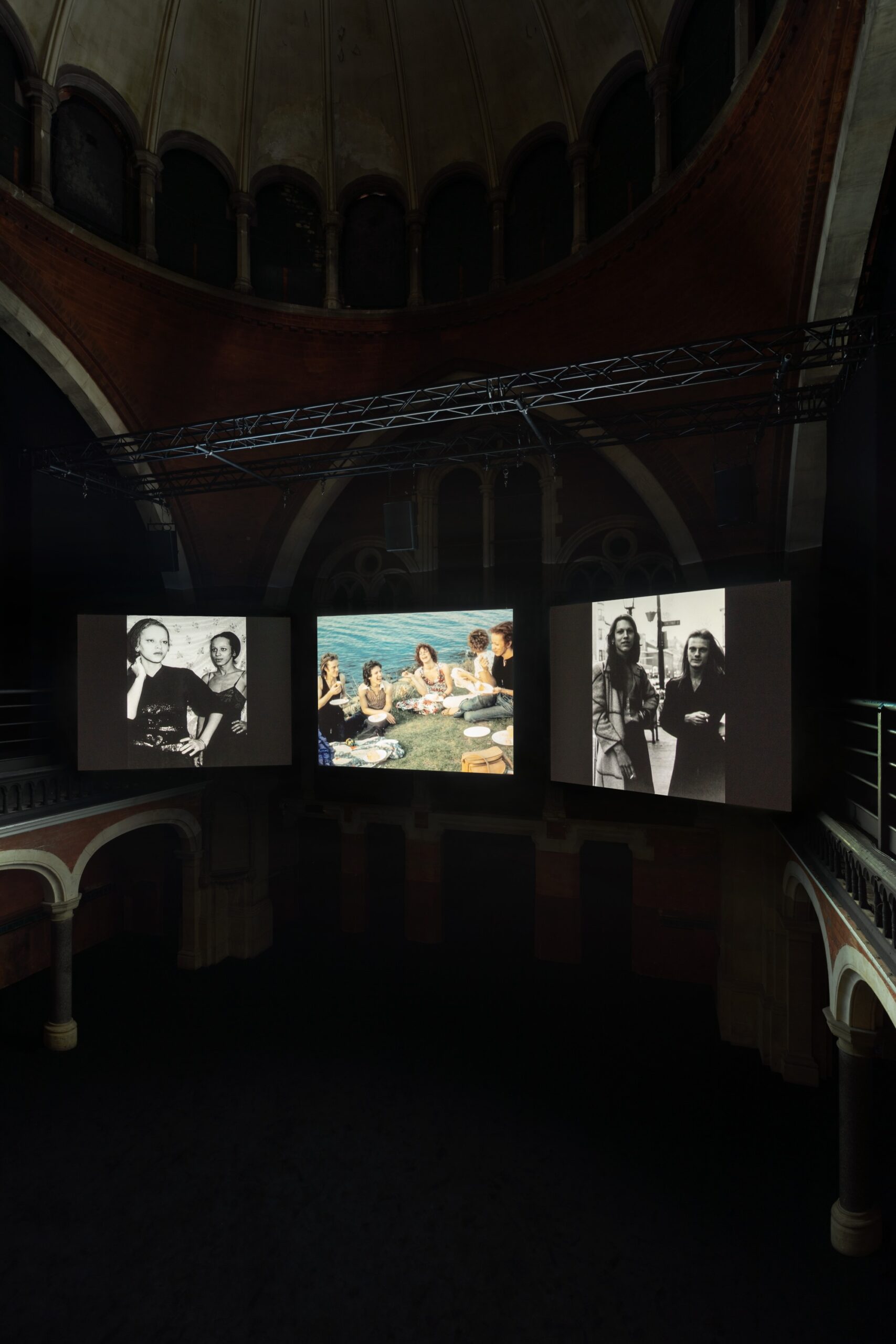
“My sister was a victim of all that, but she knew how to fight back. Her rebellion was a starting point for my own. She showed me the way”.
For further information gagosian.com.
